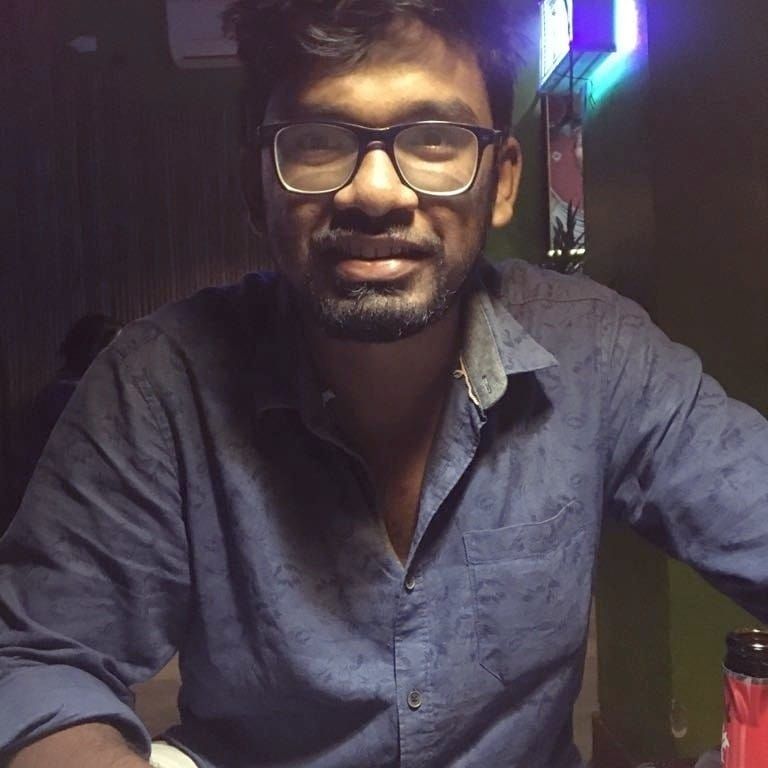When you have an app whose user base is growing leaps and bounds, retargeting becomes a key strategy to keep up with the pace. Although with the recent privacy changes in iOS, retargeting has faced some impact, but still it continues to be a powerful tool for app marketers running campaigns both on Android and iOS (given the users opt-in to tracking).
In this article we will go through all the aspects of retargeting and answer some of the common questions related to it. Let’s start with the first question that comes to our mind before allocating budget for retargeting.
Why retargeting?
Re-engaging users is a way more economical option than to acquire them and the cost difference is almost five to ten times. It also helps increase user engagement by keeping your daily active users returning more frequently, keeping them interacting and exploring the app.
Moreover it prevents user churn by prompting users to come back and reuse the app instead of abandoning it.
But the key factor for advertisers to opt for retargeting is that it drives more in-app
purchases, which means more revenue. Reaching out to the most active and high value users greatly increases the chances of conversion and purchase.
What is the right time to start retargeting campaigns?
There is no particular answer to this question. The strategy varies depending on the nature of your app business. Although starting your retargeting campaigns to target users in their early journey yields the best results.
It is crucial that you start identifying the user inaction at an early stage post install and adapt retargeting to re-engage them before they churn out.
Now before we dig further into retargeting, let us first learn about Limit Ad tracking (LAT). Limit ad tracking (LAT) is a feature allowing users to opt-out of having an ID for Advertisers (IDFA). With this setting enabled, the user’s IDFA appears blank when tracked. This means they won’t see specific ads targeted at them because, as far as networks see, the device has no identity. Attribution and conversion events (among other features) are switched off when LAT is switched on.
How did LAT affect retargeting?
The introduction of LAT has impacted the retargeting strategies. In iOS, LAT traffic is, therefore, non-personalized traffic that can use contextual targeting for brand awareness goals as well as probabilistic attribution. And in scenarios where inventory transits to SKAdNetwork and advertisers no longer have IDFA, app retargeting, as you know it, is not possible.
As per an analysis done by Remerge, the number of bid requests in four months post privacy changes in iOS has gone down to 5.5 trillion from 6.1 trillion in the four months before changes.

In iOS:
● Ad clicks has seen a 3 percent increase in their retargeting campaigns
● Re-engagements experienced a 20% decrease
The alternative there is to run blended programmatic campaigns that offer incremental results independently of the target audience – LAT and non-LAT. IDFA isn’t dead; it is only not available for a part of app users. Data indicates that opt-in rates are on the rise. On LAT, retargeting investment can be applied to a different campaign strategy focused on brand awareness and UA.
2021 results proved that pausing retargeting budgets facing user privacy changes
wasn’t the best approach. Advertisers that continued to invest budgets into retargeting for non-LAT audiences were able to continue gathering valuable data points that guided their decisions on how to adjust campaigns for LAT and unlock further scale.
For LAT, continue to wisely run blended campaigns, test more, and gather insights. As advertisers are running more campaigns in this new environment, it is becoming clearer how to optimize them to reach the desired outcomes.
App retargeting in the Non-LAT segment
Retargeting in the non-LAT segment for Anroid and iOS (users with consent) is still a very effective strategy. MMP integration measures this traffic on the basis of last-click attribution. Advertisers starting to build a retargeting plan using programmatic advertising can start with broader strategies, with a broader targeting, and progressively narrow down into segmentation and personalization.
After the analysing the need of retargeting and the various changes in this methodology, we can see that retargeting campaigns need to be adapted, not paused. Although working with the right retargeting partner, who can help you cater to both LAT and non-LAT traffic, is crucial. This will help you re-engage your existing users and drive their in-app activities like purchases which will ultimately drive your revenue.
At 3dot14 Mobitech, we focus on spending your budget meaningfully so that the ROAS of your campaigns remains optimised. From our experience we have seen that the mature apps who have a high number of existing downloads tend to fetch great results in re-targeting campaigns. Connect with us at programmatic@3dot14.co for a detailed conversation.

